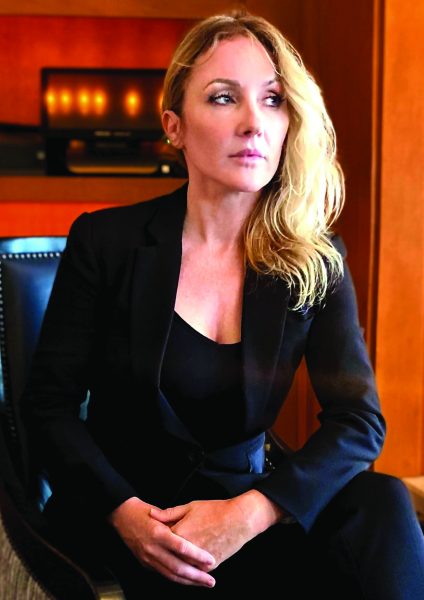 By Nessa Kavanagh
By Nessa Kavanagh
In 90s Ireland, gender separated our secondary schools, and the Catholic Church governed 95% of our educational institutions. Some of our teachers were nuns, who we referred to by their official title of “sister.”
Many nuns made important contributions to Irish society; however, others, such as those in my school, held influential positions of power and adopted an authoritarian approach over their students, instilling fear and control through religious doctrine.
My village was over 1,400 years old in Dublin, Ireland. The nuns resided in a magnificent 170-year-old gothic-style convent that adjoined our community church – both symbolized our village’s spectacular architecture, deep catholic faith and Celtic monastic history.
In 1845, Ireland suffered Europe’s most severe food crisis of the century; an estimated one million Irish men, women and children starved to death during The Potato Famine, and approximately two million Irish fled their beloved homeland in “coffin ships” bound for North America, with 30% dying on route. In 1857, amidst the famine recovery efforts, many nuns were invited to educate the impoverished girls of the region. While the nuns lived in the comfort of the village convent, most of the struggling community outside continued to suffer, working tirelessly to rebuild their lives and feed their families.
In Ireland, drinking alcohol is deeply ingrained in our social culture and closely tied to our customs and family gatherings. Age-old traditions such as “around the house” are still in place, where poetry and singing are shared in turn by one pub patron to another. Years before Irish children reach the legal drinking age of 18, they are often very familiar with the pub environment through gatherings such as Sunday dinners, weddings, christenings, and wakes after funerals.
My first taste of alcohol was at the age of 12. I found myself in defiance against the “pledge,” a Catholic oath of alcohol abstinence that was a requirement for most Irish schoolchildren to take. I grabbed a bottle of gin and took a swig; it tasted awful, but asserting my non-compliance with an out-of-integrity system felt good. As teenagers in the 90s, my friends and I occasionally took a two-hour bike ride with a six-pack in tow to the waterfalls, rivers and lakes of Sally Gap in the Wicklow Mountains. There, we improvised a “blood brothers” ceremony, swearing an oath to bond each other as sister and brother for life. On occasion, someone would pass a spliff of hash; Hard street drugs had not infiltrated our circle.
My mother’s upbringing was humble – born in 1945 in the countryside of Redgap, Dublin; she shared a small cottage with her five sisters in one bedroom and her parents and three brothers in another. Another brother slept on a “settle bed” in the kitchen while her grandfather, created by a petition, slept in the next room. Her daily routine involved fetching water from a well, bathing from a basin, and enduring the harsh Irish winters by layering clothes to keep warm and with no indoor plumbing. My father worked as an electrician, and he was born in the heart of Dublin’s most historic urban working-class neighborhoods, “the Liberties.” He left school at 15 to learn his trade. My mother, too, left school early to enroll in a trade school. At age 14, she was finally old enough to escape the frequent abuse she and her classmates endured from the nuns; once, her arm broke from a daily beating with a chair spindle when she was just seven years old.
Growing up in Dublin was not for the faint-hearted. Our city faced a rising problem of street drugs and violence, which was always lurking in the shadows. By 1997, I had left. I was a youth ballet dancer, and my instructor recommended I write applications to schools overseas. At 17 years old, I moved to England alone to pursue a scholarship offer to a college in London.
I later learned that some of the childhood friends I had left behind fell victim to the violent crime. One tragically got murdered, and another, my blood brother, was severely slashed in a knife attack. We were kids full of spirit and with immense grit who adjusted instinctively to the hands we were dealt, mine like millions of my Irish ancestors before me, leading me abroad.
In 2021, the nuns of Clondalkin Village ignored a community-wide plea to protect the cherished Convent site from a proposed €30 million development project. Despite the community’s desperate outreach, the nuns sold the coveted land to an immigrant investment program. This prompts the question: Are nuns in Ireland still prioritizing their authority over the wishes of the community they serve?
Nessa Kavanagh is a Clinical Addiction Interventionist and the founder of www.lagunaintervention.com. She lives in Laguna Beach and is an advocate for children in sports.




